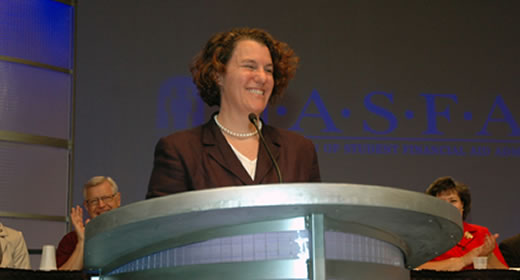
Last week, in her New York Times Upshot piece on higher education policy, Professor Susan Dynarski outlined a critical change in federal financial aid.
According to the new rules, students hoping to begin college in September 2017 can file the FAFSA as early as October 2016, using data from already filed 2015 tax returns. In addition, all families will now be able to automatically import IRS tax data into the FAFSA form.
“This means [students] have information about their federal aid eligibility as they consider where to apply to college," says Dynarski. "By filing the FAFSA earlier, they also maximize their chances of getting money from state aid programs that ration aid by giving grants only to those who apply early."
According to the op-ed, the earlier FAFSA deadline might encourage colleges to deliver their financial aid offers earlier, giving students the power to make more informed college decisions. Dynarski also suggests that this new approach paves the way for eliminating the FAFSA altogether, which could encourage greater numbers of low-income students to apply to college.
“All of the information needed to accurately calculate aid eligibility is already in IRS data," writes Dynarski. "If Congress agrees to eliminate the dozens of nontax questions on the aid application, then the FAFSA would be redundant.”
Susan Dynarski is a professor of public policy at the Gerald R. Ford School of Public Policy, and a professor of education at the University of Michigan's School of Education. She is co-founder and co-director of the Ford School’s Education Policy Initiative, which engages in applied, policy-relevant research designed to improve educational achievement and outcomes.
More news from the Ford School